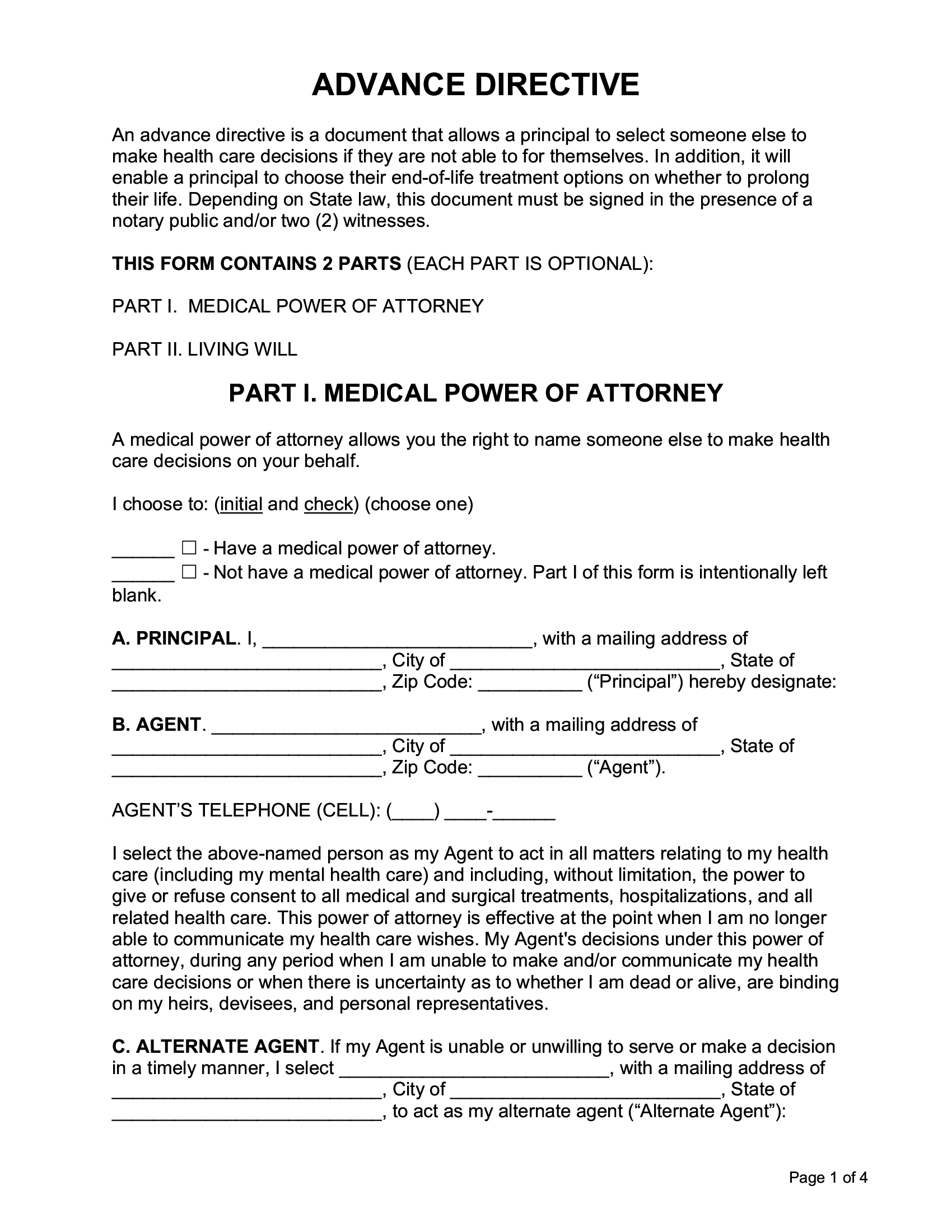The prothrombin time (PT) and international normalized ratio (INR) are two crucial blood tests that help healthcare professionals assess your blood’s health, particularly its ability to clot. These tests are vital for individuals taking anticoagulant medications, such as warfarin, and for those with certain medical conditions that affect blood clotting. In this comprehensive guide, we will delve into the world of PT and INR, explaining what they are, how they are measured, and what the results mean for your health.
Introduction to Blood Clotting
Before we dive into the specifics of PT and INR, it’s essential to understand the basics of blood clotting. Blood clotting, or coagulation, is a complex process that involves multiple factors and cell types. When a blood vessel is injured, the body’s first response is to stop the bleeding by forming a clot. This clot is made up of platelets, fibrinogen, and other clotting factors. The process of clotting is necessary to prevent excessive blood loss, but it can also be a problem if it occurs unnecessarily, such as in the case of a stroke or heart attack.
What is Prothrombin Time (PT)?
Prothrombin time (PT) is a blood test that measures how long it takes for your blood to clot. It specifically assesses the extrinsic pathway of blood coagulation, which involves factors VII, X, V, II (prothrombin), and fibrinogen. The test is typically performed on patients taking warfarin, a common anticoagulant medication, to ensure that their blood is within a therapeutic range, neither too prone to clotting nor too prone to bleeding.
How is PT Measured?
To measure PT, a blood sample is taken from the patient, and a chemical called tissue factor is added to it. The tissue factor triggers the clotting process, and the time it takes for the blood to clot is measured. This time is then compared to a normal control sample, which provides a reference range.
What is International Normalized Ratio (INR)?
The international normalized ratio (INR) is a calculation based on the PT result. It’s a standardized way to express the results of the PT test, allowing for comparison of results across different laboratories and countries. The INR takes into account the variations in PT test results that can occur due to differences in the laboratory techniques, reagents, or equipment used.
How is INR Calculated?
The INR is calculated by dividing the patient’s PT by the normal control PT, then raising this ratio to the power of the international sensitivity index (ISI) of the thromboplastin used in the test. The ISI is a measure of how sensitive the thromboplastin is compared to an international standard. The formula for calculating INR is:
INR = (patient PT / normal control PT)^ISI
Interpreting PT and INR Results
Understanding the results of your PT and INR tests is crucial for managing your health, especially if you’re on anticoagulant therapy. Here’s a general guide to interpreting these results:
PT Results: A normal PT result usually ranges from 11 to 13.5 seconds, but this can vary depending on the laboratory. Patients on warfarin typically aim for a PT result that falls within a therapeutic range, which is often between 1.5 to 2.5 times the normal range.
INR Results: For most patients on warfarin, the target INR range is between 2.0 and 3.0. This range indicates that the blood is within a therapeutic window, providing protection against clotting without significantly increasing the risk of bleeding. However, the target INR range can vary depending on the specific condition being treated. For example, patients with mechanical heart valves may require a higher INR.
Managing Your PT and INR
If you’re taking warfarin or have a condition that affects your blood’s ability to clot, managing your PT and INR levels is crucial to prevent complications. Here are some key points to consider:
Regular Monitoring: Regular blood tests to check your PT and INR levels are essential. The frequency of these tests depends on your condition, the stability of your INR, and your healthcare provider’s recommendations.
Diet and Medications: Certain foods and medications can affect your PT and INR levels. For example, foods high in vitamin K (such as leafy green vegetables) can decrease the effectiveness of warfarin, while some antibiotics can increase the risk of bleeding. Always consult your healthcare provider before making significant changes to your diet or starting new medications.
Lifestyle Adjustments: Maintaining a consistent lifestyle, including your diet, exercise routine, and sleep patterns, can help stabilize your PT and INR levels. Avoid excessive alcohol consumption and consult your healthcare provider about safe levels of physical activity.
Advanced Topics in PT and INR Management
For individuals deeply involved in managing their blood health, understanding some of the advanced topics related to PT and INR can be beneficial. This includes:
Genetic Factors: Genetic variations can affect how you respond to warfarin and other anticoagulants. Genetic testing may be recommended to tailor your anticoagulant therapy more effectively.
New Anticoagulants: Besides warfarin, newer anticoagulants like dabigatran, rivaroxaban, and apixaban are available. These medications have different mechanisms of action and do not require regular PT/INR monitoring, but they have their own set of considerations and potential side effects.
Bleeding Risks vs. Clotting Risks: The management of anticoagulant therapy involves balancing the risk of bleeding against the risk of thrombosis. This balance is crucial and requires regular monitoring and adjustments as necessary.
Conclusion
Understanding your PT and INR is essential for anyone on anticoagulant therapy or with conditions affecting blood clotting. By grasping what these tests measure, how they are interpreted, and how to manage your results, you can play an active role in maintaining your blood health. Remember, managing PT and INR levels is a collaborative effort between you and your healthcare team, and open communication is key to ensuring the best outcomes.
Frequently Asked Questions (FAQs)
What does a high INR mean?
+A high INR indicates that your blood is too thin and you are at a higher risk of bleeding. This could be due to various factors, including excessive warfarin dosage, interactions with other medications, or consumption of foods that interfere with warfarin.
How often should I have my PT/INR checked if I'm on warfarin?
+The frequency of PT/INR checks depends on your condition and how stable your INR levels are. Initially, you may need to have your INR checked weekly, but as your INR stabilizes, the frequency can decrease to every 4-6 weeks.
Can I eat foods high in vitamin K if I'm on warfarin?
+While it's not necessary to completely avoid foods high in vitamin K, it's recommended to maintain a consistent intake. Significant changes in vitamin K consumption can affect your INR levels. Consult with your healthcare provider or a dietitian for personalized advice.
By following the guidelines and advice provided, you can better understand your PT and INR results, manage your anticoagulant therapy effectively, and reduce the risks associated with blood clotting and bleeding. Remember, your health is a journey, and informed decision-making is a key component of achieving the best possible outcomes.


